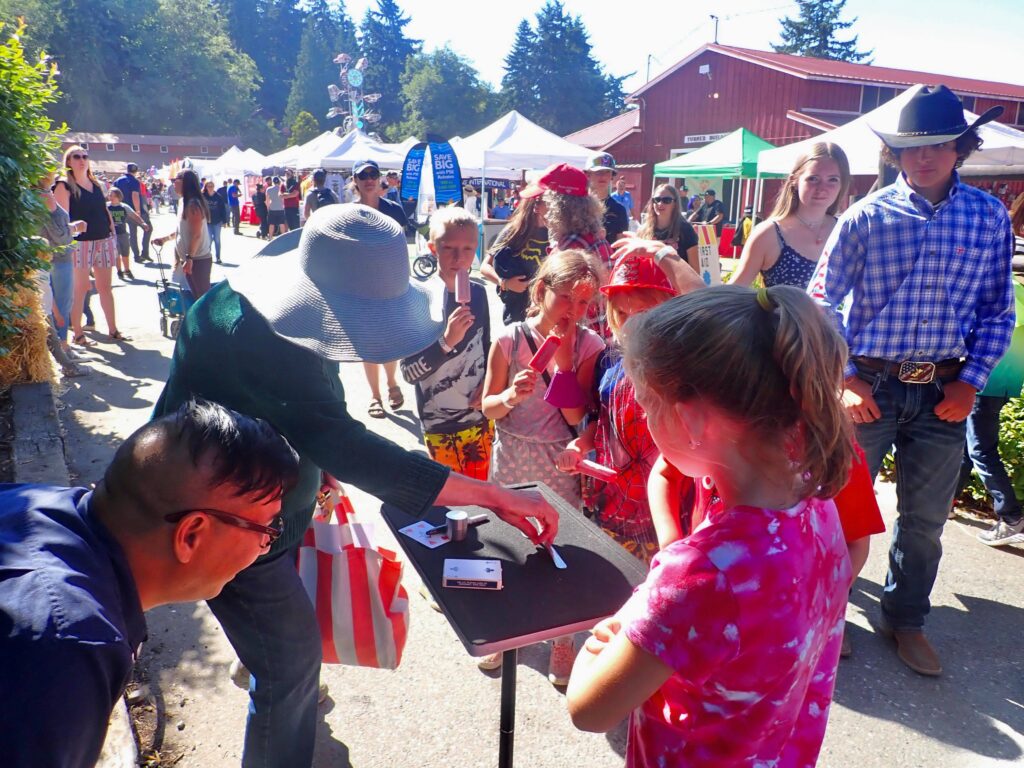I’ve been playing with adding remote controls to things recently. The company that I get the remote controls for my Remote Control Chattering Teeth had send me the wrong ones a while ago, and instead of sending them back, I decided to keep them in case I needed them for another project.
Here’s the most recent thing that I’ve made:
The idea is that the bell is rung by the corded button. However I can also secretly ring the bell via the remote control.
Some ideas for routines to use this to add comedy to are:
- Having someone ring it when a trick happens. This would probably be better for a juggling style trick.
- When doing a timed trick, like an escape.
- When someone does something. For example, you need a kid to stay standing on a spot, and you if they move someone is supposed to ring the bell.
Those are all routines that you could very easily add the bell into. It’s the sort of thing that can turn a 2 minute trick into a 5 minute trick. For an example of this style of trick, look into my Order Up routine from Vanish Magazine #43. It’s the Cube Libre magic trick, but I added a bell and I used a sound effect on my PA to make the ring, but it played really well.
-Louie





